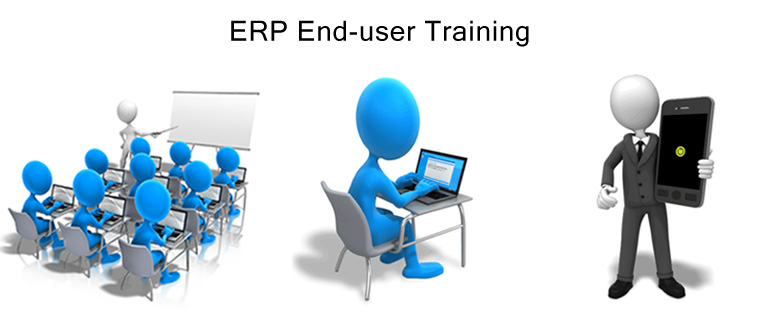Why End-To-End E-Learning Fails: Challenges and Limitations

When it comes to executing training with e-learning, organizations are forced to look beyond end-to-end e-learning. This is because the present work environment has thrown up several training challenges; end-to-end e-learning is not equipped to meet these challenges. End-to-end e-learning development is a lengthy process. It has a long development time of two to four months.
Training managers are therefore forced to look for alternatives. In this blog, we will have a brief overview of end-to-end e-learning development, its challenges, and the reasons it is not able to meet them.
→ Download eBook: Classroom to eLearning Conversion - Everything You Always Wanted to Know
The Process
- End-to-end e-learning development involves creating a storyboard that defines the onscreen content for each screen, including the text, graphics and media elements, along with the audio script. This is done by instructional designers; graphic designers develop the visual assets. Authoring tool experts then develop the course, following the storyboard as the blueprint. End-to-end development therefore requires several specialized resources.
- Projects suited for end-to-end e-learning are ones with extensive budgets and extended deadlines. Others are projects that require extensive interactivities and simulations such as industrial control systems, flight simulators, and ones with a longer shelf life such as induction training.
Limitations
As you can see, the end-to-end e-learning development process is expensive and time consuming; it involves the use of several resources. The elaborate storyboarding of content, numerous rounds of reviews, and the numerous interactions and iterations that take place between the client and the developer during the development process consume time.
Challenges
Conversion of ILT to E-learning
When there is a need for the quick conversion of ILT to classroom training, end-to-end process is not suitable because the development is time-consuming. Besides, the raw material is already available as PowerPoint slides, so there is no need to go through an elaborate process that creating a conventional course from scratch warrants.
In such conversions, the following e-learning activities are completed even before the development process starts:
- Analysis of the target audience
- Content research and curation
- Finalization of learning outcomes
- Organization of learning content
- Design of learning activities
- Development of assessments
When these steps are completed, there is no need to go through the entire development process. Courses can be developed faster, and at lower costs.
Costly Development
When you need to develop courses on a minimum budget, end-to-end e-learning will not suit your purpose because of the high costs mentioned earlier. The involvement of several resources and the use of complex simulations and interactivities only adds to the budget.
Courses in Multiple Languages
Developing a course in multiple languages has become a necessity now, thanks to globalization. End-to-end e-learning can be used for the translation and localization of courses, but the point is when creating one course consumes time and money, multilingual courses mean expending more of these resources. This acts as an impediment to rolling out courses in multiple languages simultaneously.
Updating Courses
When you want to update your courses in line with current and latest information such as software updates for software training, changes in rules for compliance training, the conventional way of e-learning development with its high production costs makes you think twice. With the high costs of end-to-end e-learning, even minor changes to existing content can be costly. So, for courses with dynamic content, this may not be the right choice.
Rebranding Existing Courses
Companies often rebrand their courses when they update their branding guidelines, logos, or visual elements. If these visual components must be updated, using conventional methods can be time-consuming and expensive, so it is better to look for ways to rebrand the course in a timely and cost-efficient way.
The alternative is to look for a cost-effective, quick, and efficient method of creating e-learning to meet the dynamic training needs of your organization. Consider rapid e-learning for creating e-learning courses quickly and effectively.





